A Week in the Bush Vol. 547
on May 07, 2025As the African sun climbs over the savanna, the earth awakens in golden silence - each ray a drumbeat of life, warmth, and ancient rhythm of birds advertising their territories and waking up.
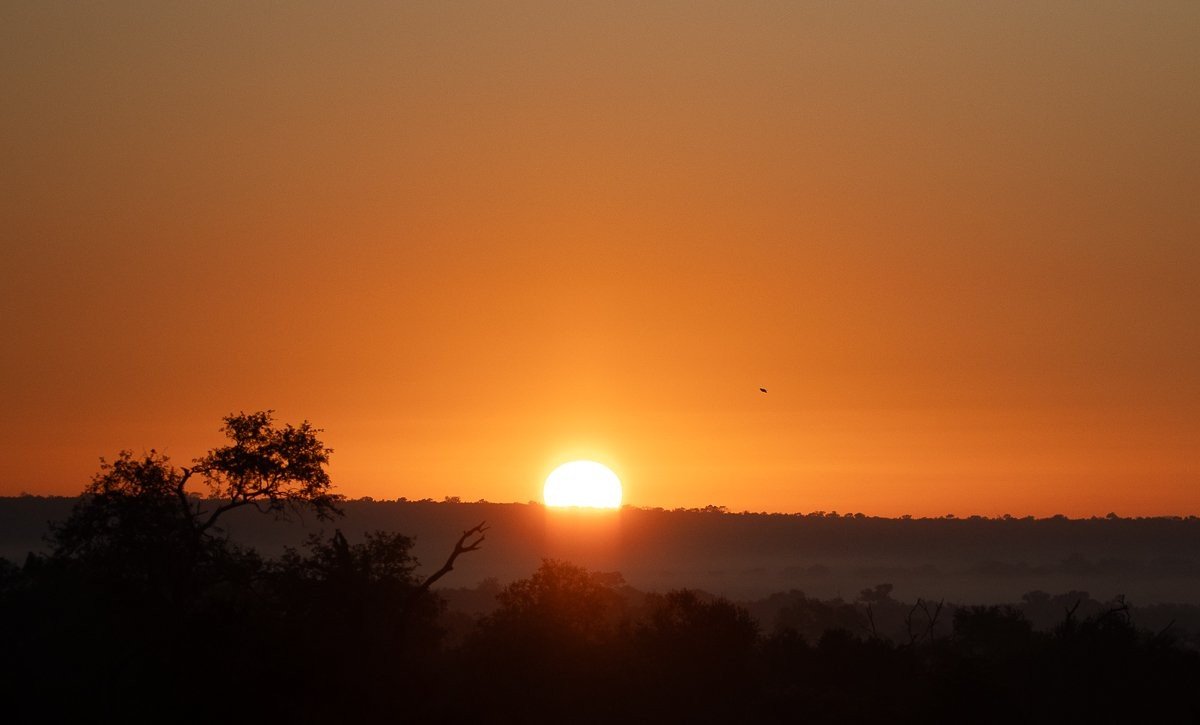
We were treated to an unforgettable sighting of this majestic elephant bull as he approached a waterhole, perfectly framed by golden light and a stunning backdrop. Elephants are water-dependent animals and must drink daily to maintain their health, particularly to keep their complex digestive systems functioning properly.
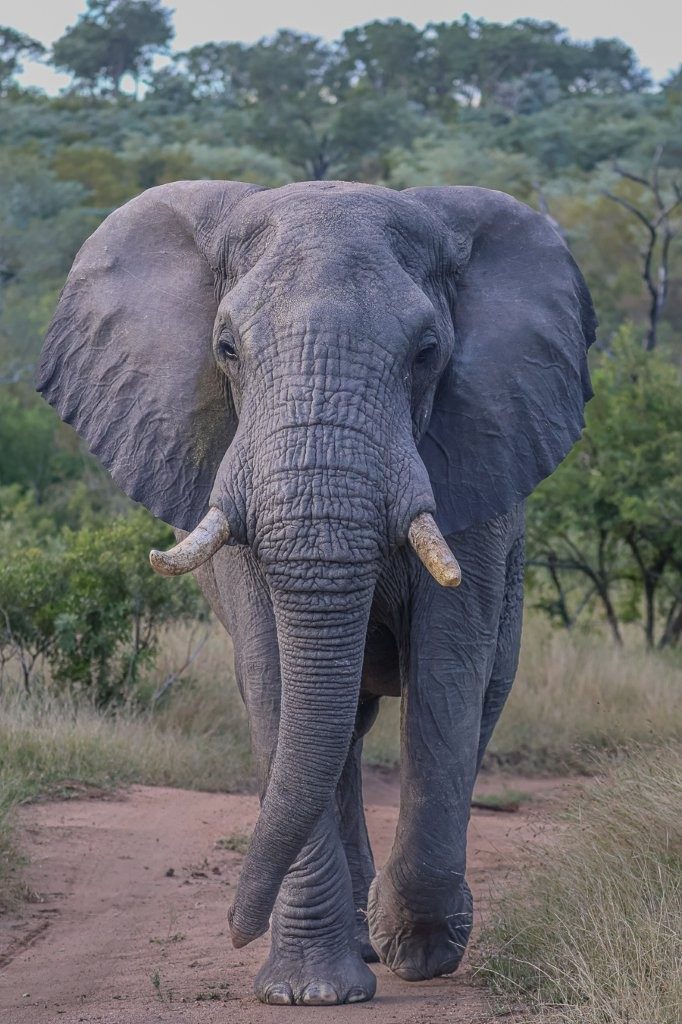
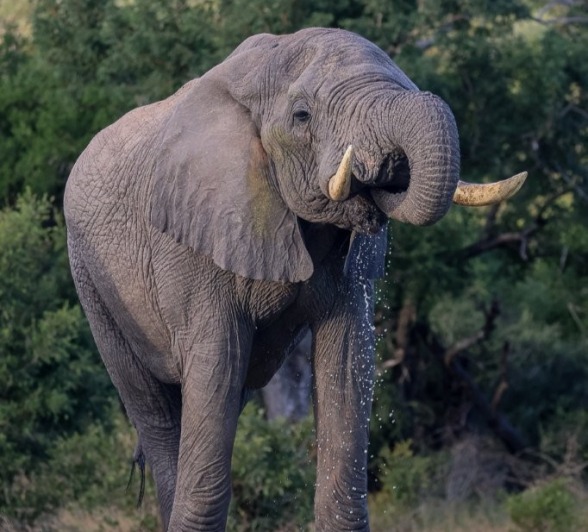
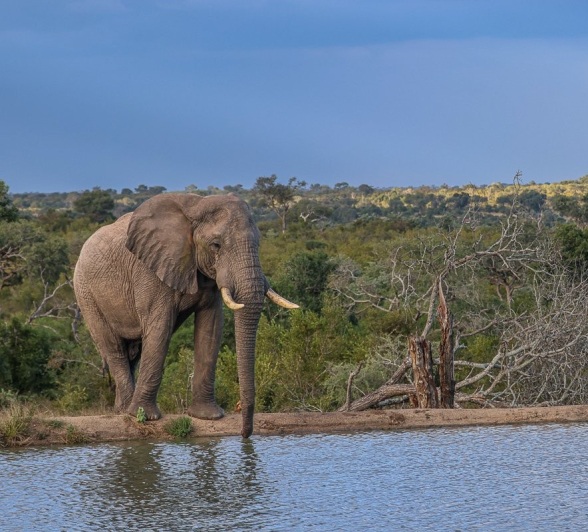
We took time to quietly observe a pair of Fork-tailed drongos as they took turns feeding one another. What might seem like a simple act became something far more profound—a tender ritual – a symbol of care, partnership, and survival.
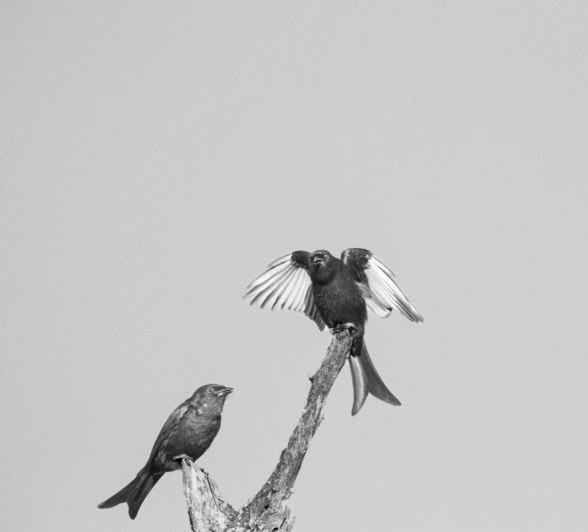
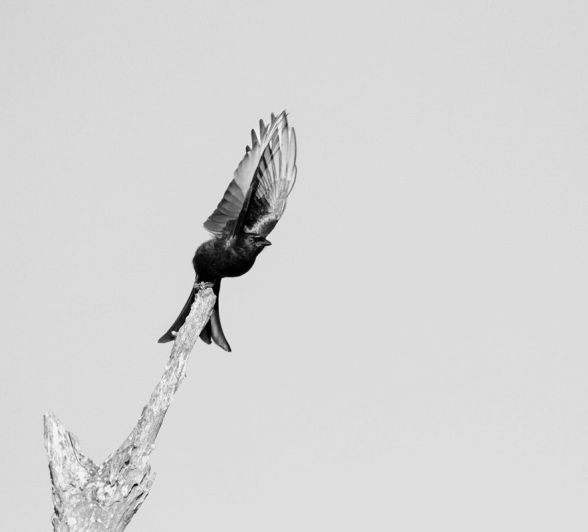
This old buffalo bull was soaking up the warmth of the afternoon sun after a cool day, taking in the heat before retreating into the thickets for the night. Bulls like him—often pushed out of breeding herds—are known for their temperamental and aggressive nature. With no herd to rely on for protection, they must depend solely on themselves, always alert and ready to defend against any threat.
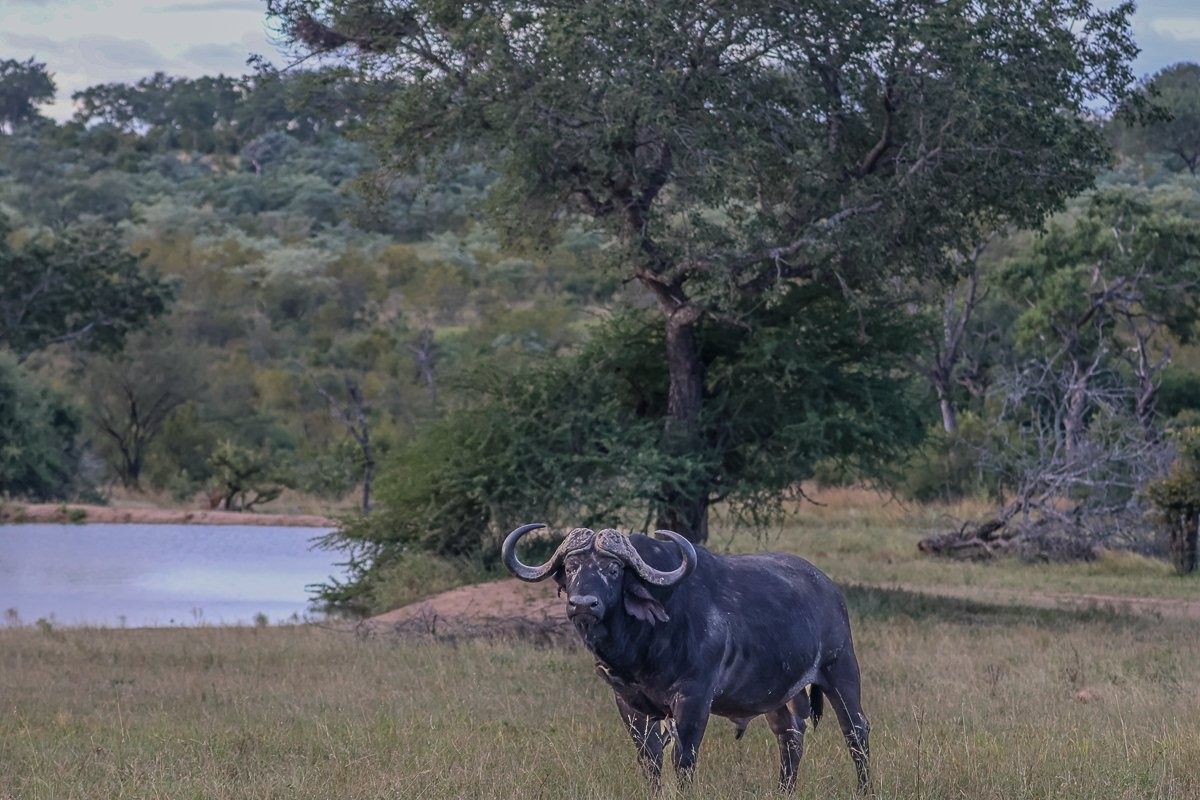
Swainson’s spurfowl are known for their loud, harsh, often duet-like calls, particularly at dawn and dusk—vital for communication and marking their territory. Their voices are impossible to miss, especially in the early morning, as they boldly announce the start of a new day.
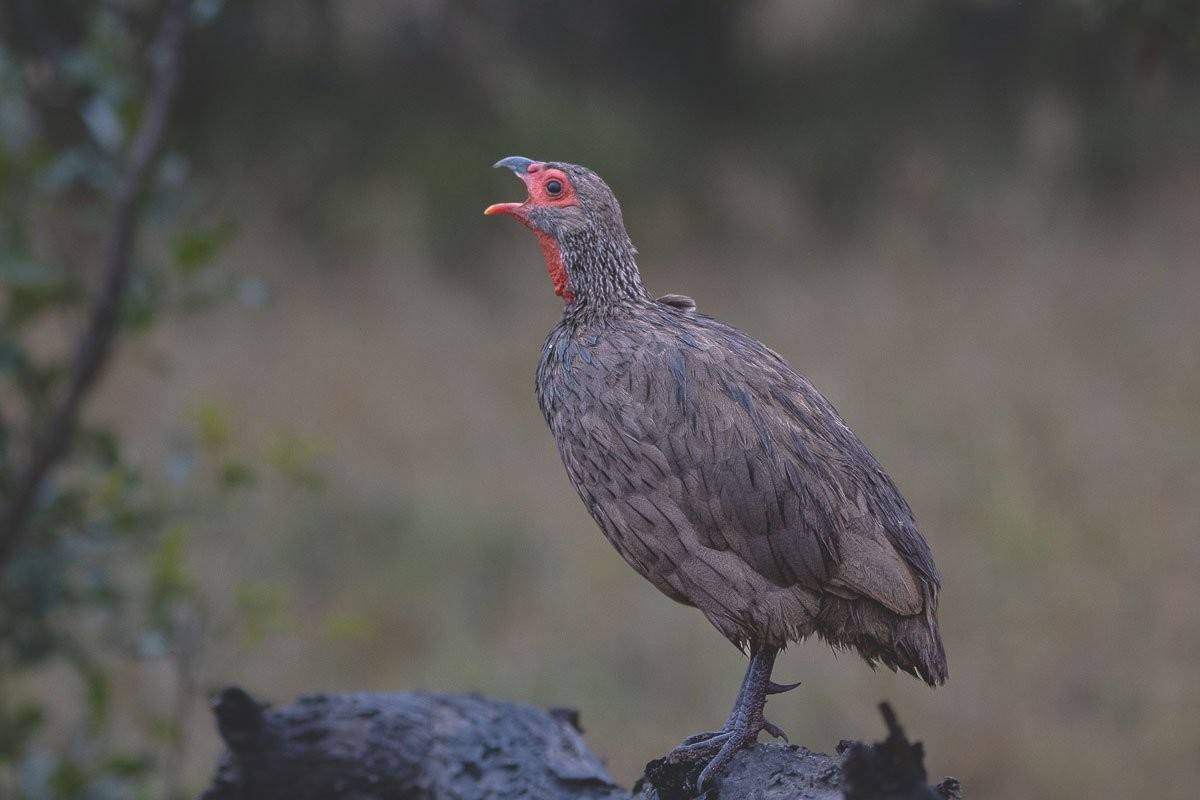
We found the Khulwana male in the eastern parts of the reserve. He was busy scent marking and rubbing himself against any bush or tree that was suitable. It is only a matter of time before this male takes over a territory of his own and with his recent behaviour it is clear his confidence level is high enough. With no sign of the N’weti male for some time now, could he claim this territory as his own…
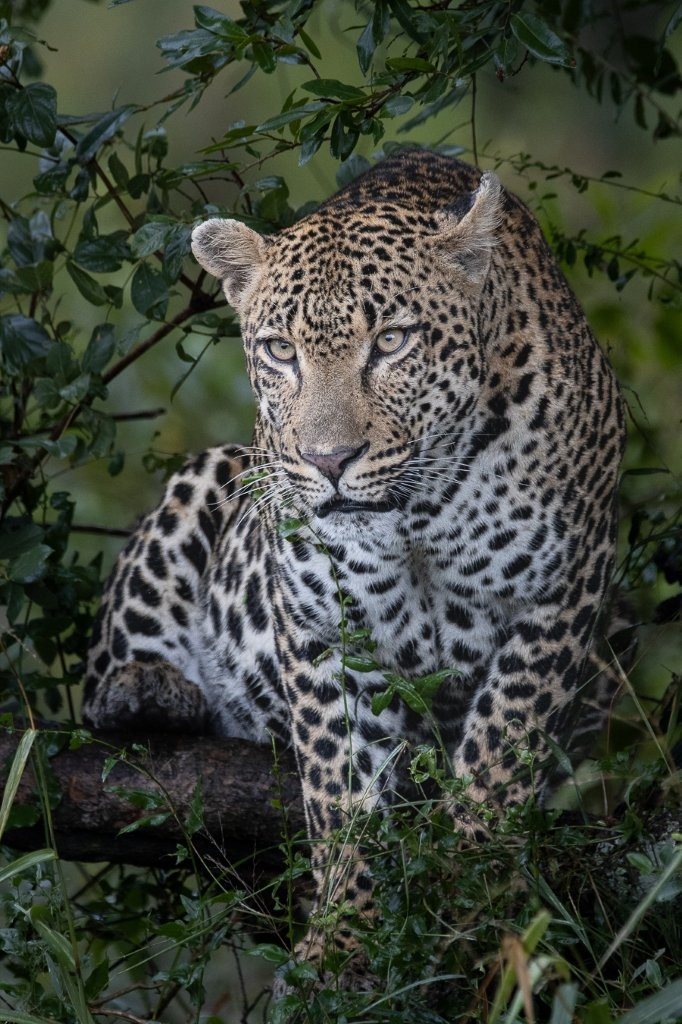
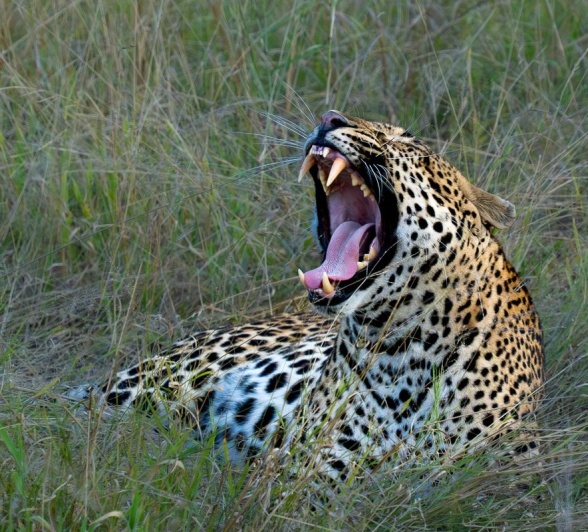
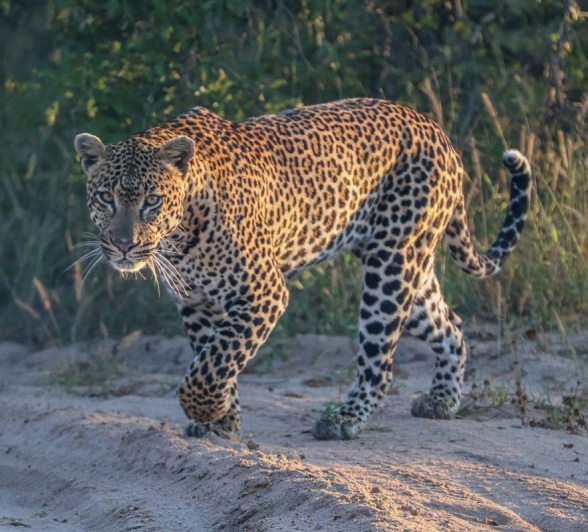
The Golonyi female was spotted by the roadside with her cub. In a sudden burst of movement, we watched her swiftly climb a tree and return moments later with a squirrel in her mouth. Strangely, she didn’t eat it — instead, she dropped it on the ground. Just as we assumed the squirrel was dead, it made a desperate attempt to escape. But the cub, quick and alert, pounced on it immediately and began to play with it before finally eating it.
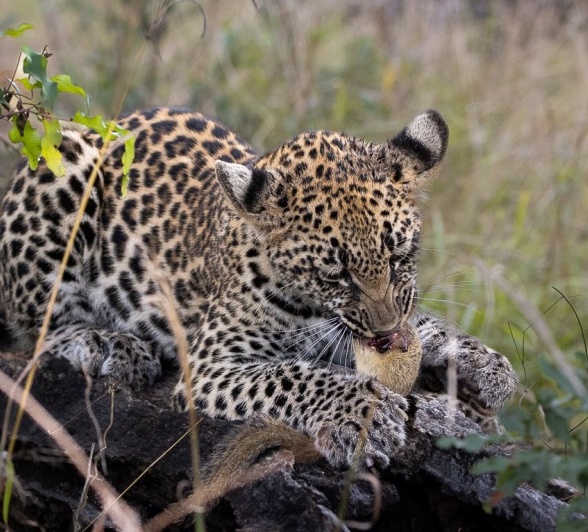
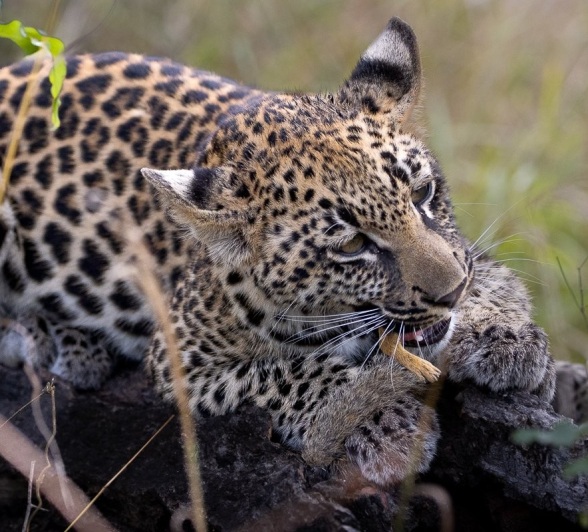
It has been quite some time since we last saw Ntsumi, so we were incredibly lucky to find her marking her territory. Later, she rested on a fallen branch, giving us and our guests a perfect opportunity to capture some truly beautiful moments.
Now that her two cubs have become independent, she is actively seeking a mate. As a result, she has been heavily scent-marking her territory.
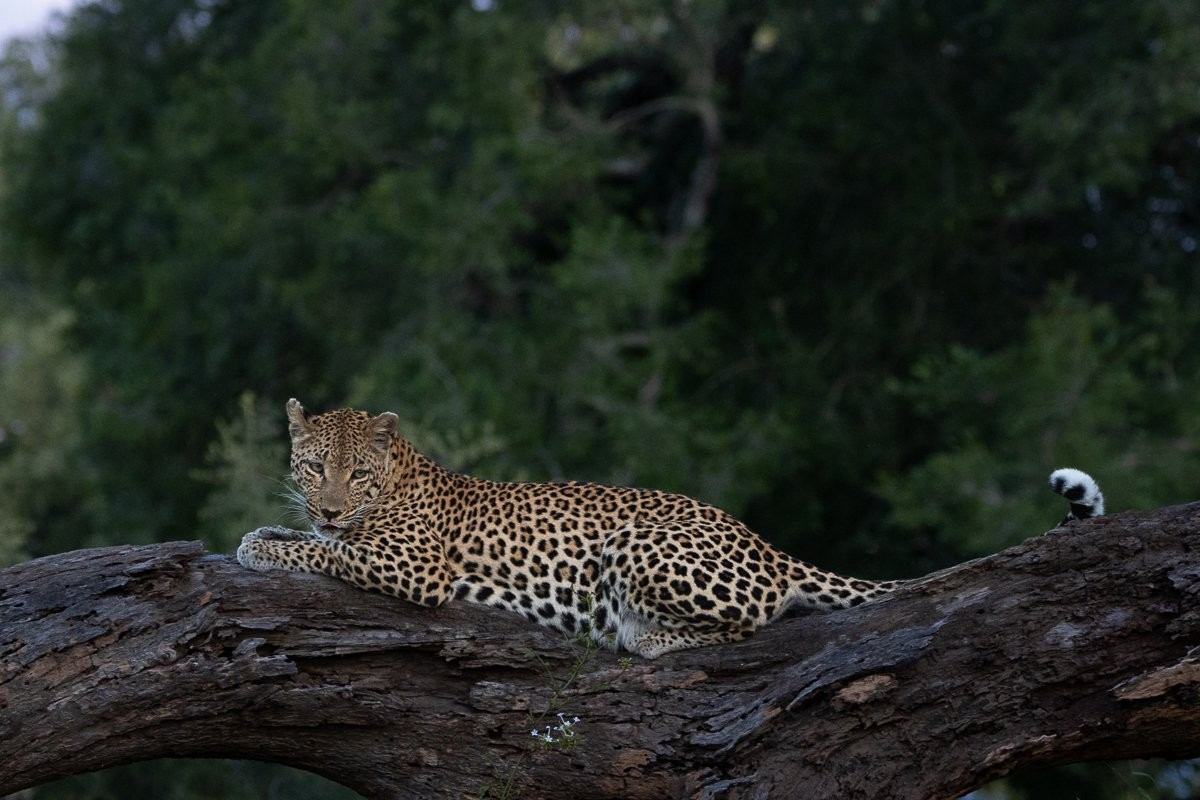
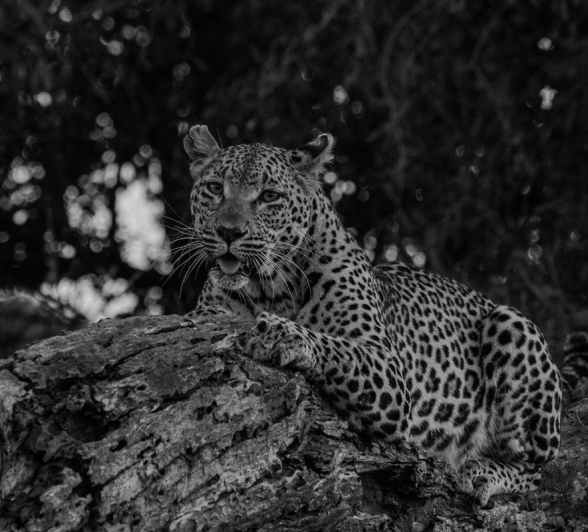
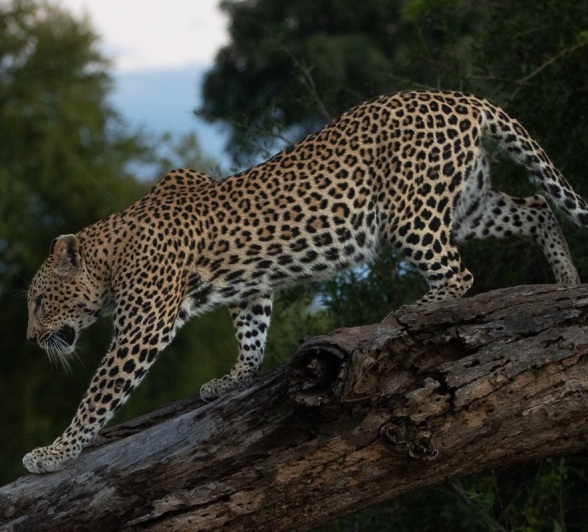
Tracking the Msuthlu Pride led us to a wide-open area, where we found them intently stalking a small journey of giraffes. However, with the giraffes' exceptional eyesight, the subadult lions were quickly spotted, and the towering prey moved off with ease.
Undeterred, the lions settled down to rest in the open, likely to spend the day scanning for other hunting opportunities. As the bush continues to dry and the grasses fade, the lions’ camouflage becomes increasingly effective - giving them a distinct advantage as stealthy predators in the changing landscape.
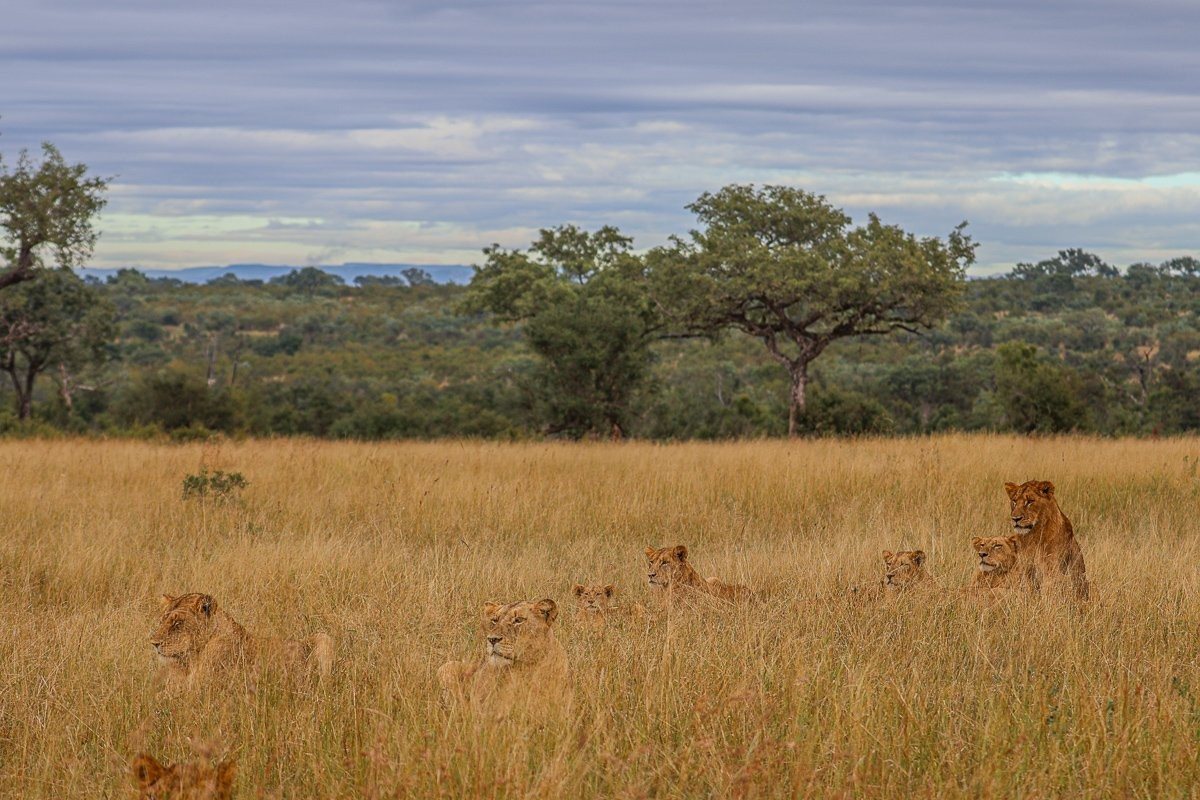
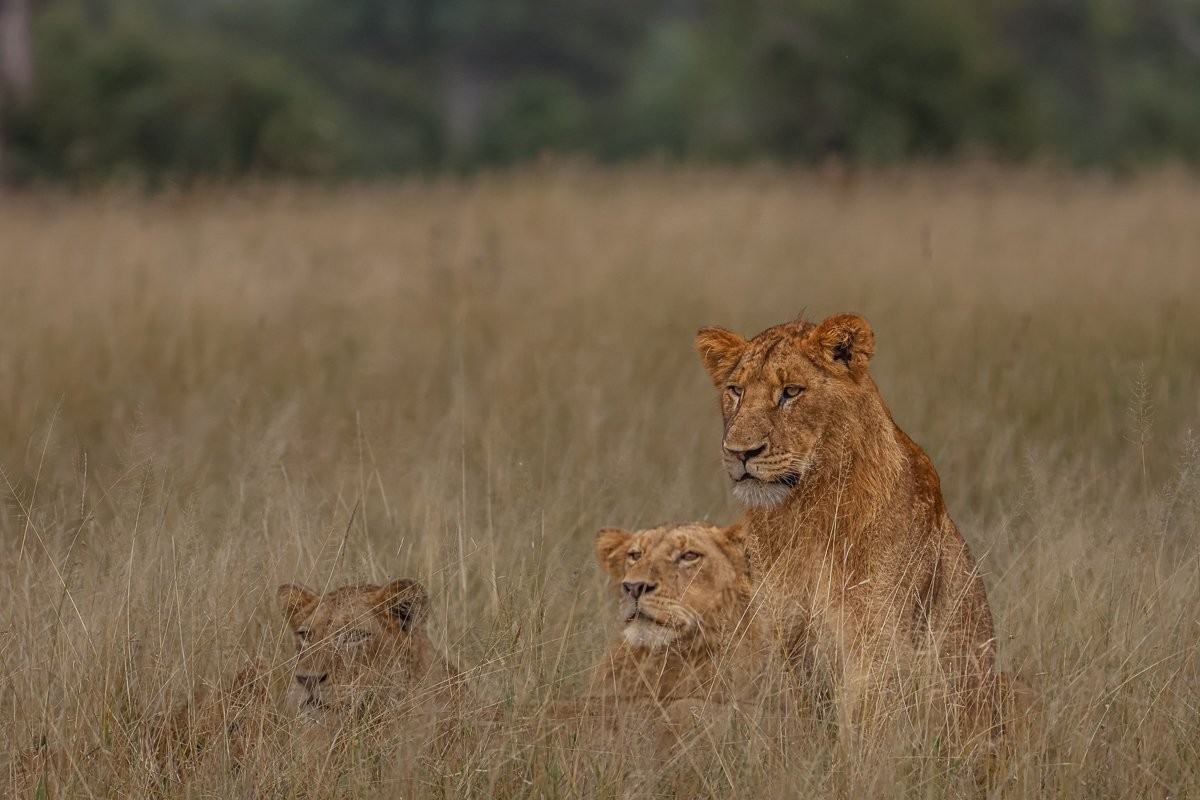
After the Msuthlu Pride exited our reserve the previous evening, it was a welcome surprise to find their tracks heading back north. The trail led us to the final remains of a kill, where some of the youngsters were still gnawing on bones while the rest, bellies full, settled nearby to rest. The peace was soon interrupted by the arrival of two hyenas, drawing the attention of the older cubs. With surprising confidence and a few growls, three of them charged at the intruders, displaying impressive bravery. Once the last scraps were finished, the pride moved east and disappeared into a dense Tamboti thicket, where they retired for the morning.
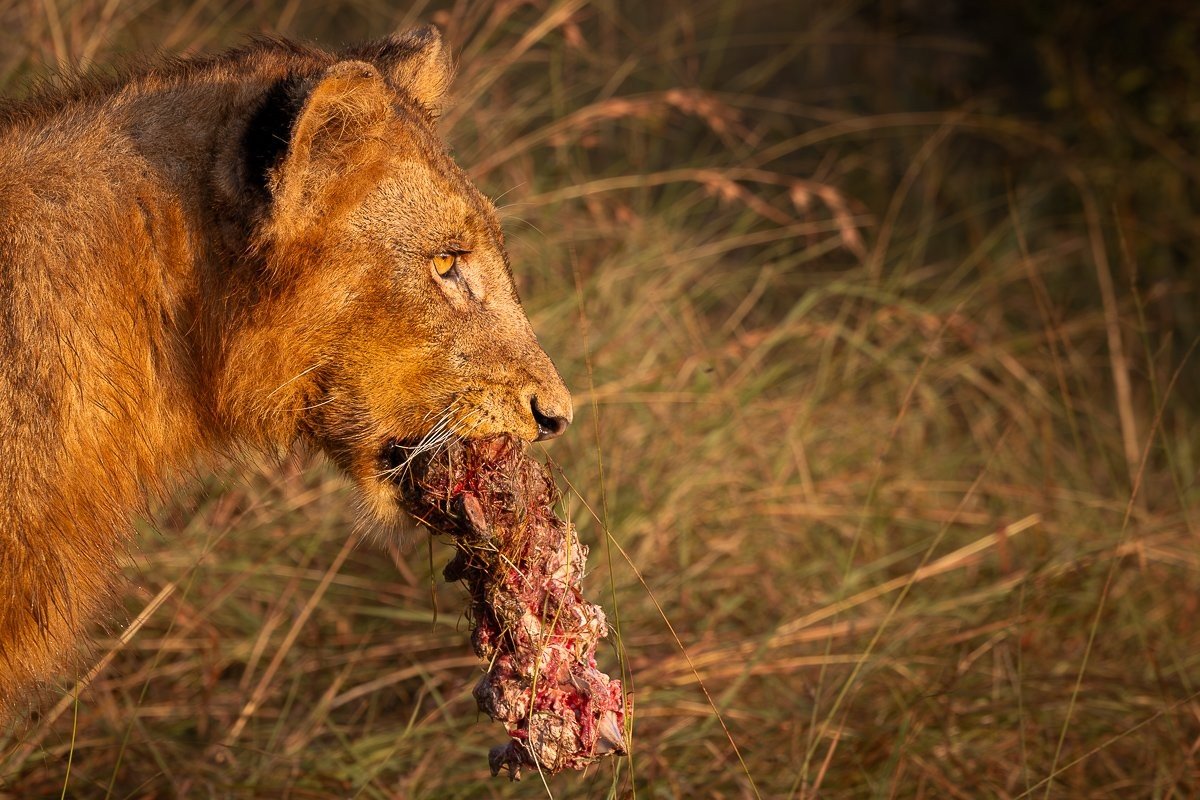
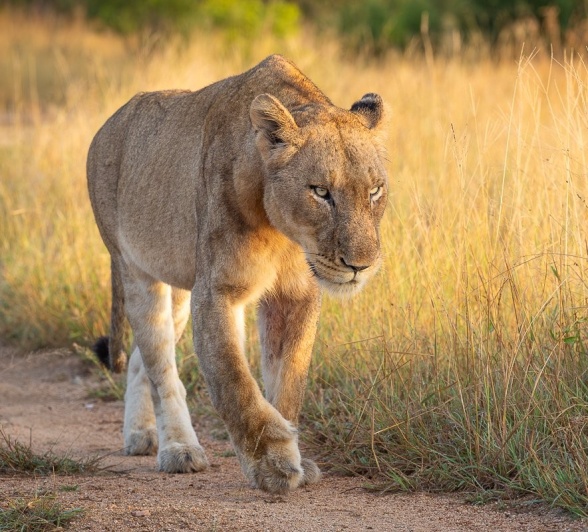
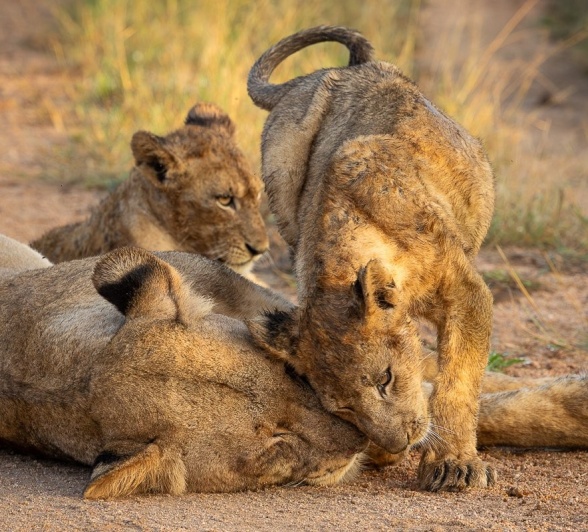
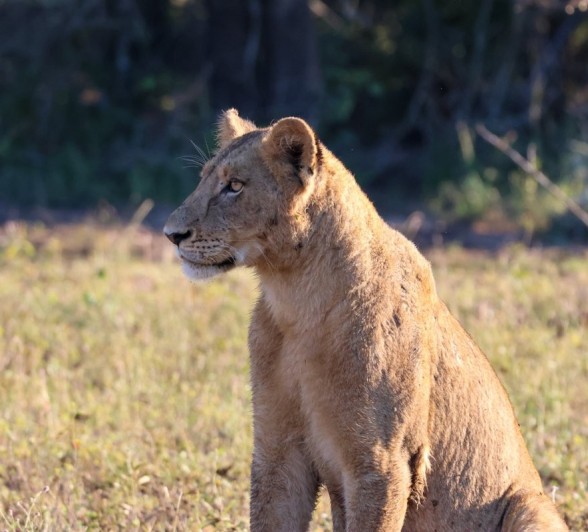
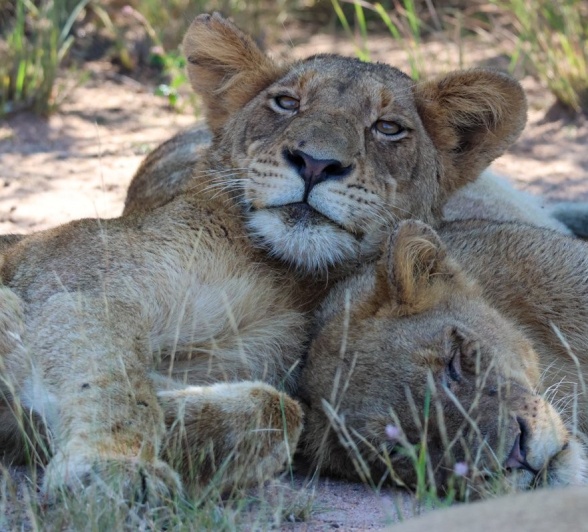
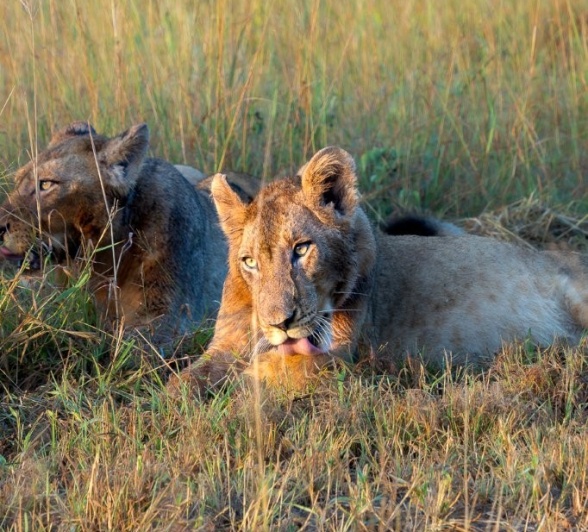
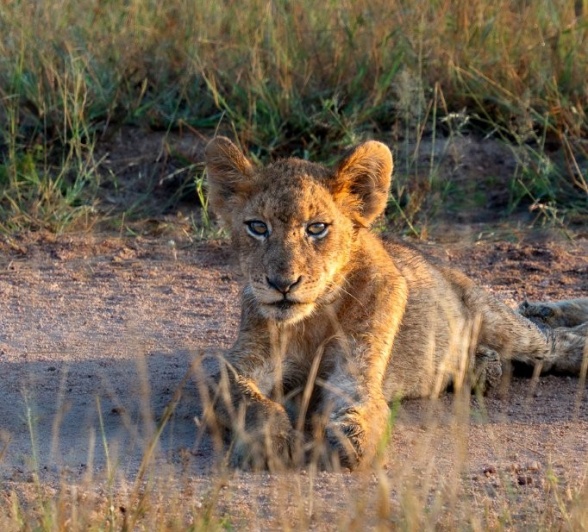
A couple of days later, we found the entire Msuthlu Pride again. They were lying contentedly with full bellies, and a few were drinking from a nearby pond. Although there was no sign of a carcass in the area, it's clear they made a successful kill the previous evening—enough to sustain them for the next few days.
Lions often leave the remains of a carcass behind, especially when cubs are present, as the scent can attract scavengers like hyenas. By moving away, they reduce the risk of exposing their young to unnecessary danger.
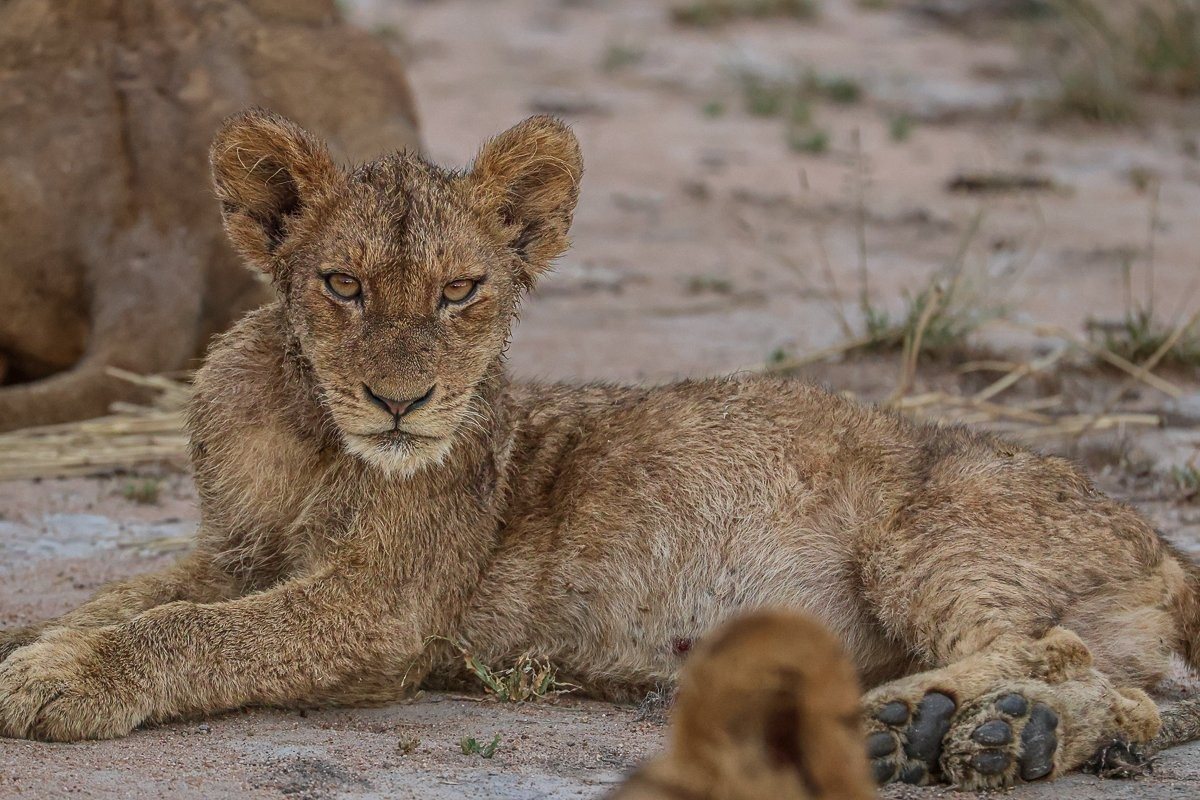
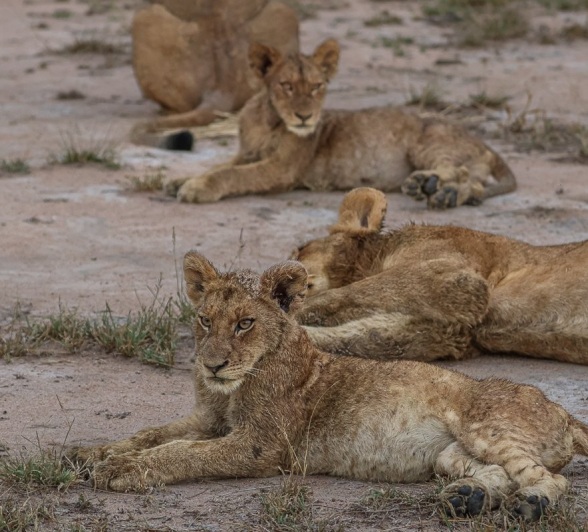
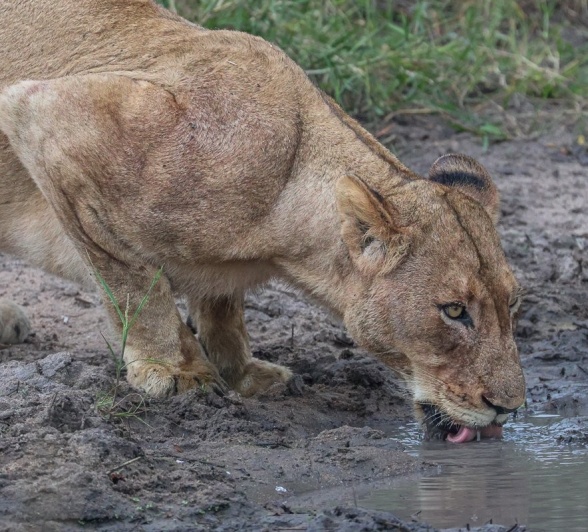
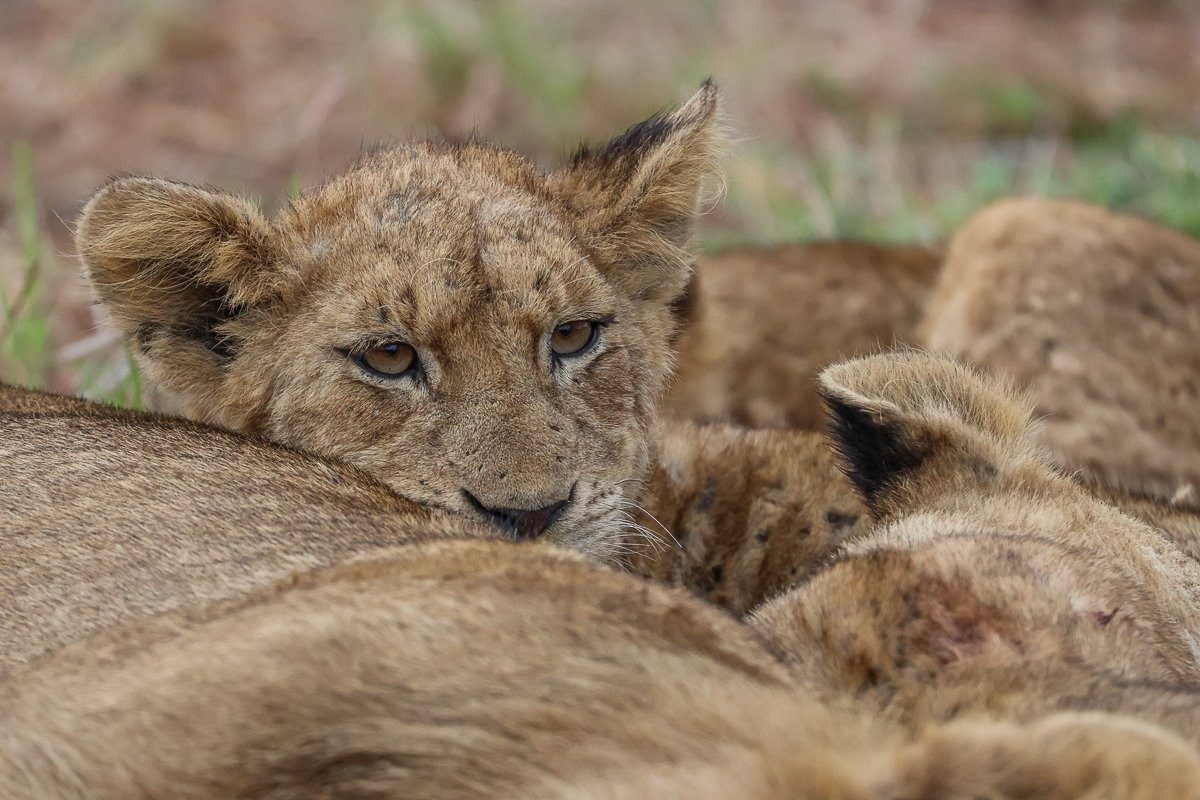
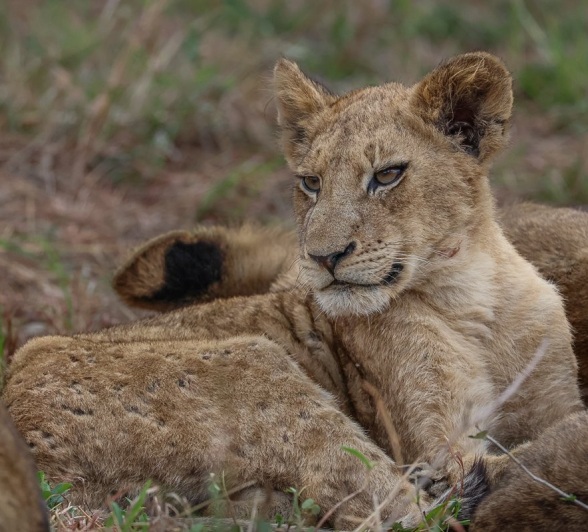
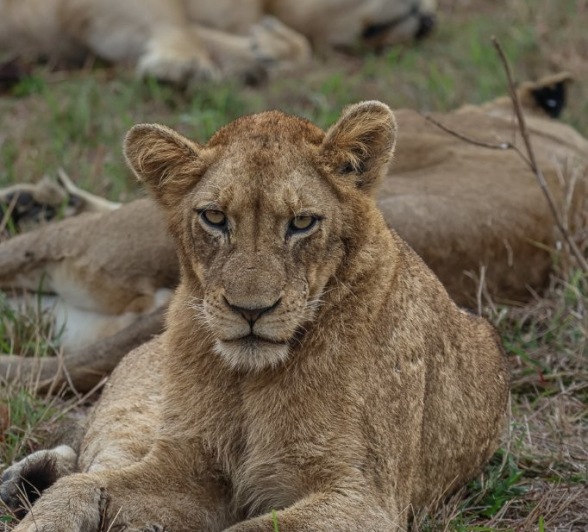
The Southern Pride made an unexpected push far north - well beyond their usual territory. As the first light of dawn crept in, their bold venture was cut short by the resident Msuthlu Pride, who were quick to challenge the intruders. A brief but intense skirmish broke out, forcing the Southern Pride to scatter and retreat in haste. By mid-morning, two Southern Pride members were found contact calling, their calls echoing through the bush in search of their pride mates. Relief swept over the scene when two familiar faces crested the horizon, breaking into a joyful sprint that ended in a warm, affectionate reunion. Shortly after, two more lions joined, but that was all - no further members returned.
With empty bellies and bruised pride, the reunited portion of the Southern Pride turned their attention to a nearby herd of impala and wildebeest. The hunt was initiated, led boldly by the younger lions, but ultimately ended in failure - a harsh but valuable lesson in the school of survival. As the sun climbed higher, the pride sought shelter in the shade, often glancing eastward, perhaps hoping for a sign or sound that would lead them to the rest of their scattered pride.
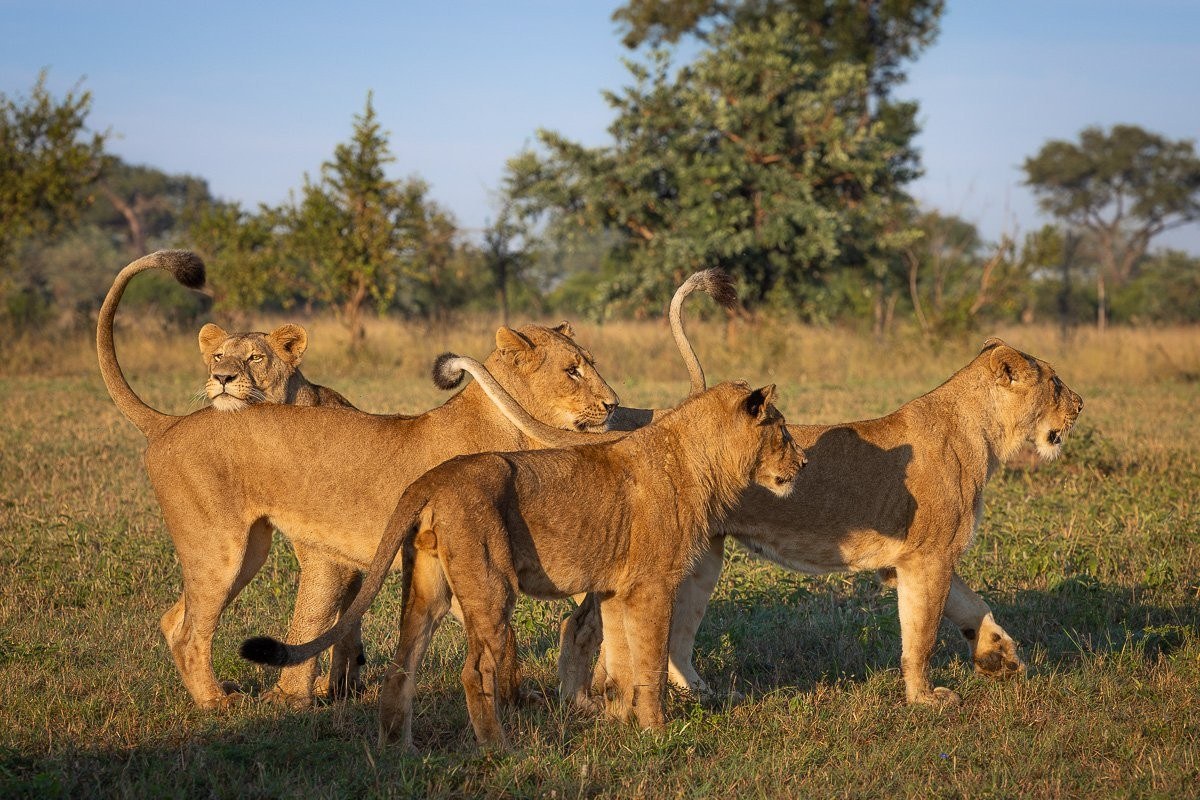
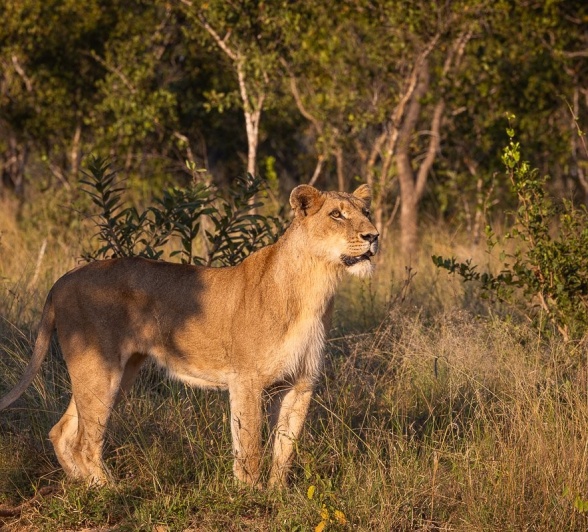
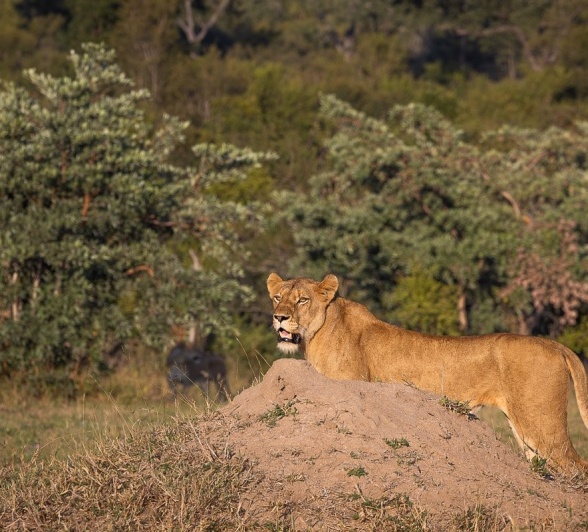
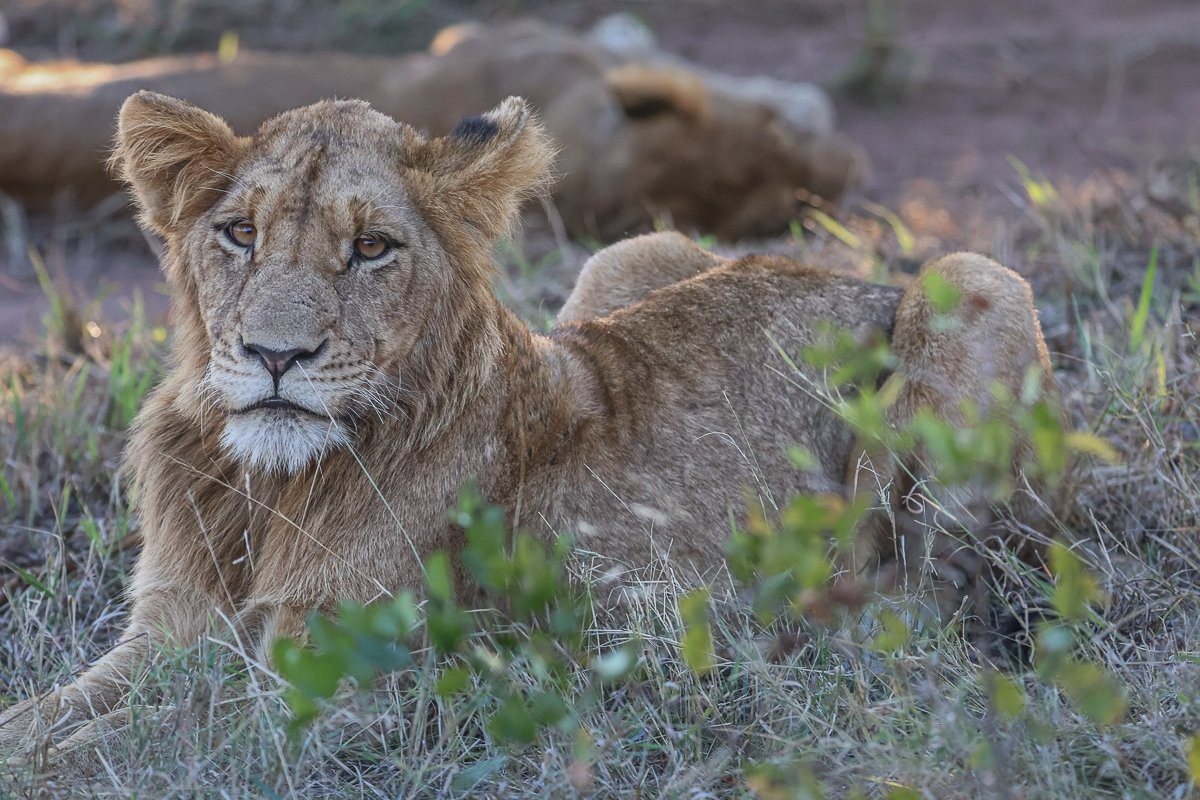
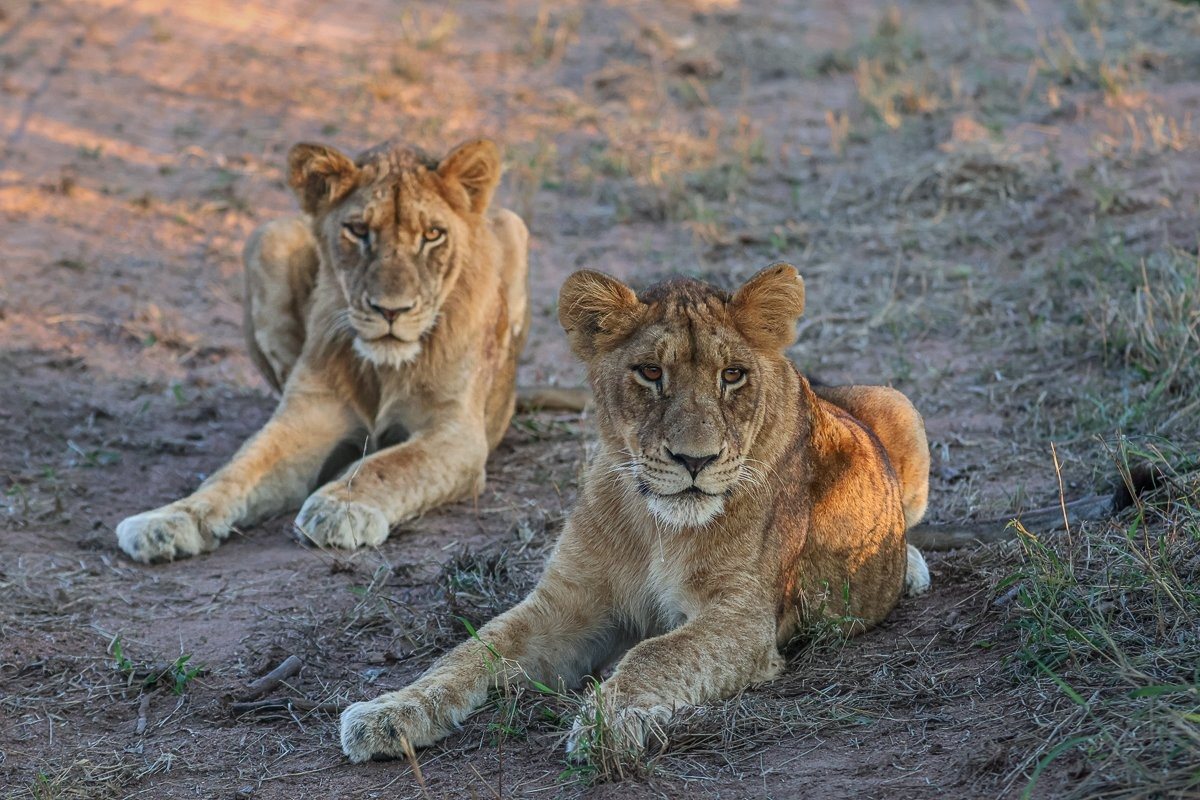
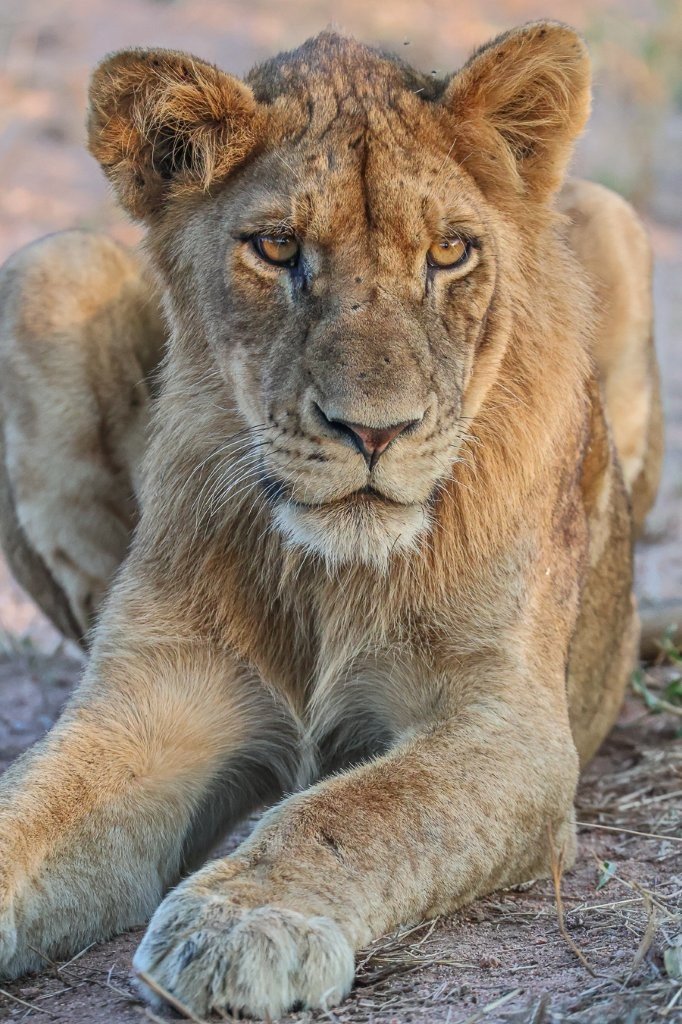
Until next time…
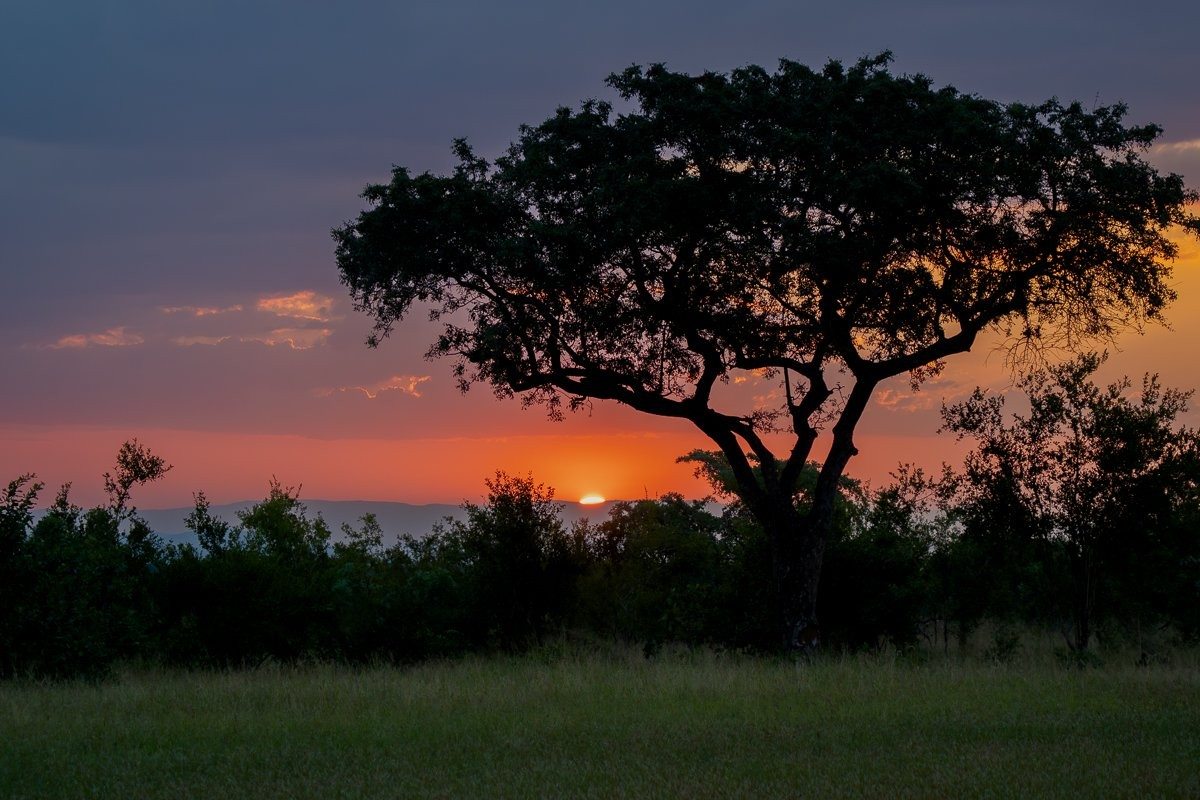
Blog by Wendy Claase
Images by Franco Hay, Jan Nel, JP van Rooyen, Ronald Mutero and Ruan Mey







